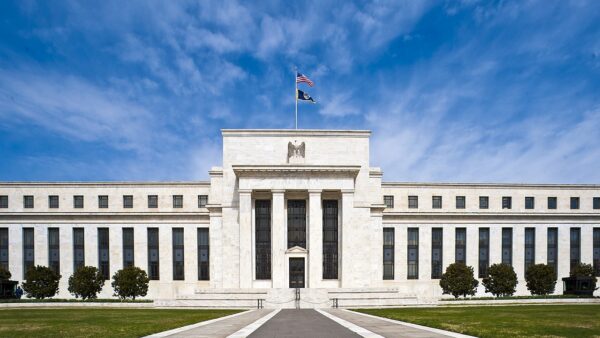The US is promoting an infrastructure initiative involving Japan and Australia that would provide less developed countries with an alternative to China’s giant Belt and Road Initiative (BRI).
The so-called Blue Dot Network, first proposed by the Trump administration, was the subject of talks between the countries in Paris on Monday. This resulted in the launch of an executive consultation group, financed by Washington and Canberra under the auspices of the Organisation for Economic Cooperation and Development (OECD).
The goal is to attract private capital to fund infrastructure in emerging markets. Commercial lenders shy away from financing projects in less developed economies, seeing it as too risky, while sources of development finance such as from the World Bank have been inadequate to meet the needs of recipients.
The idea of the Blue Dot Network is not to match China’s funding but rather to certify projects as “market-driven, transparent and sustainable” in order to reassure investors, the State Department said in a statement.
A blue dot would be “like getting a Michelin-star rating for your restaurant”, Matthew Pottinger, who was Trump’s deputy national security adviser and an architect of the former administration’s China policy, told Nikkei Asia.
However, Derek Grossman, senior defence analyst at the RAND Corporation think tank, told the paper that Australia, Japan and the US were unable to match China’s level of investment, so the network fell “far short of effectively ‘competing’ against China and, frankly, may come across as not only unimpressive, but even petty in the eyes of BRI recipients”.
The OECD commented in a 2018 report that as much as $1 trillion of infrastructure funding may be disbursed under the BRI brand between 2017 and 2026.
The US’ aim is to give the private sector the confidence to sink some of the trillions of dollars accumulated in pension and insurance funds in countries they have tended to ignore, up until now.
As well as Blue Dot, the US has launched the “supply chain trade strike force”, which also seeks to counter what the US claims to be China’s predatory investment and trade practices.
In a 255-page White House report, released on Tuesday, National Security Adviser Jake Sullivan said US trade policy toward China should include examining how existing trade agreements and future measures could help make domestic supply chains more resilient.
Image: Map shows countries that have signed cooperation agreements under China’s Belt and Road Initiative (Owennson/CC BY-SA 4.0)
Further reading:






